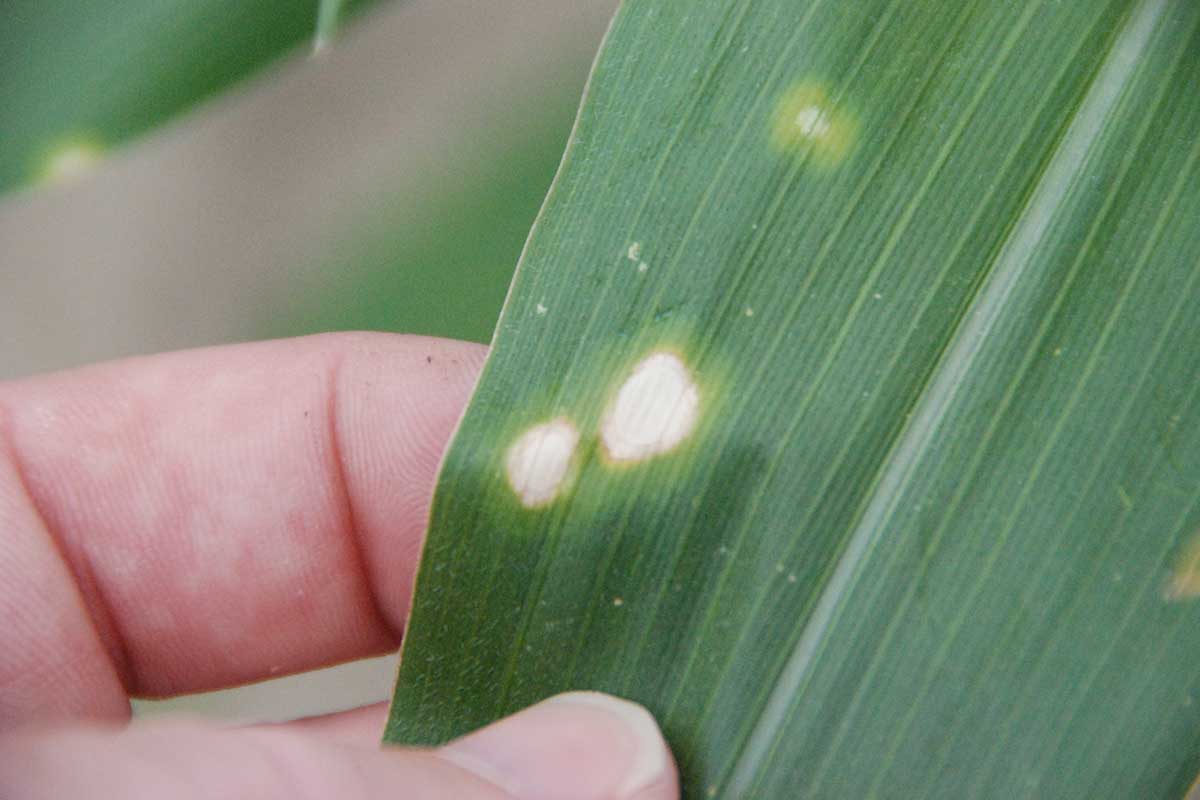White Leaf Spot: What is it?
A white spotting on the leaf’s foliage can be a white leaf spot fungus. This fungus is called Mycosphaerella capsellae or Pseudocercosporella capsellae, also known as Brassica White Leaf Spot.
This kind of fungus causes yellow or light tan and circular leaf spotting. Its lesions are approximately one-fourth inch or one centimeter across.
Sometimes, it is accompanied by splotching or dark streaking. Brassica White Leaf Spotting is somehow uncommon and a benign illness of cole plants. It usually coincides with strong winter rains. If the atmosphere is favorable, a fuzzy white spore growth can be evident on the plant’s leaf.
Ascosospores grow on infected crops in the fall season.

They are sooner dispersed by the strong wind that follows the heavy rain. The conidia (asexual spores) that develop on leaves are further spread by splashing water or rain, and this may result in a secondary infection.
Temperatures fifty to sixty degrees Fahrenheit or ten to sixteen degrees Celsius (along with wet environments) can foster the illness. In some cases, this plant illness can result in severe losses.
Oilseed rape, for example, is reported to experience a fifteen percent growth loss in the UK and Canada because of fungal infection. Aside from oilseed rape, mustard, Chinese cabbage, and turnip can also be more vulnerable to such disease compared to other Brassica plants such as broccoli and cauliflower.
Weedy greens like shepherd’s purse, wild mustard, and wild radish are also susceptible to this fungal infection, as are radish and horseradish. How to Prevent Its Further Spread?
The pathogen that’s responsible for this infection doesn’t thrive in the soil. It only survives on susceptible cole plants and weed hosts. This condition can be also be transmitted through infected plant residue and seed. Sadly, the exact preventive measures for leaf spots are still unknown.
The only available information is the treatment process, and you can always apply this in order to protect your whole garden from other infected crops. Treatment includes crop rotation, which means you have to rotate cole plants every three years.
Aside from that, you also have to avoid working around plants and in plant beds, especially when they’re still wet. This is to avoid spreading the fungal infection into healthy plants.



